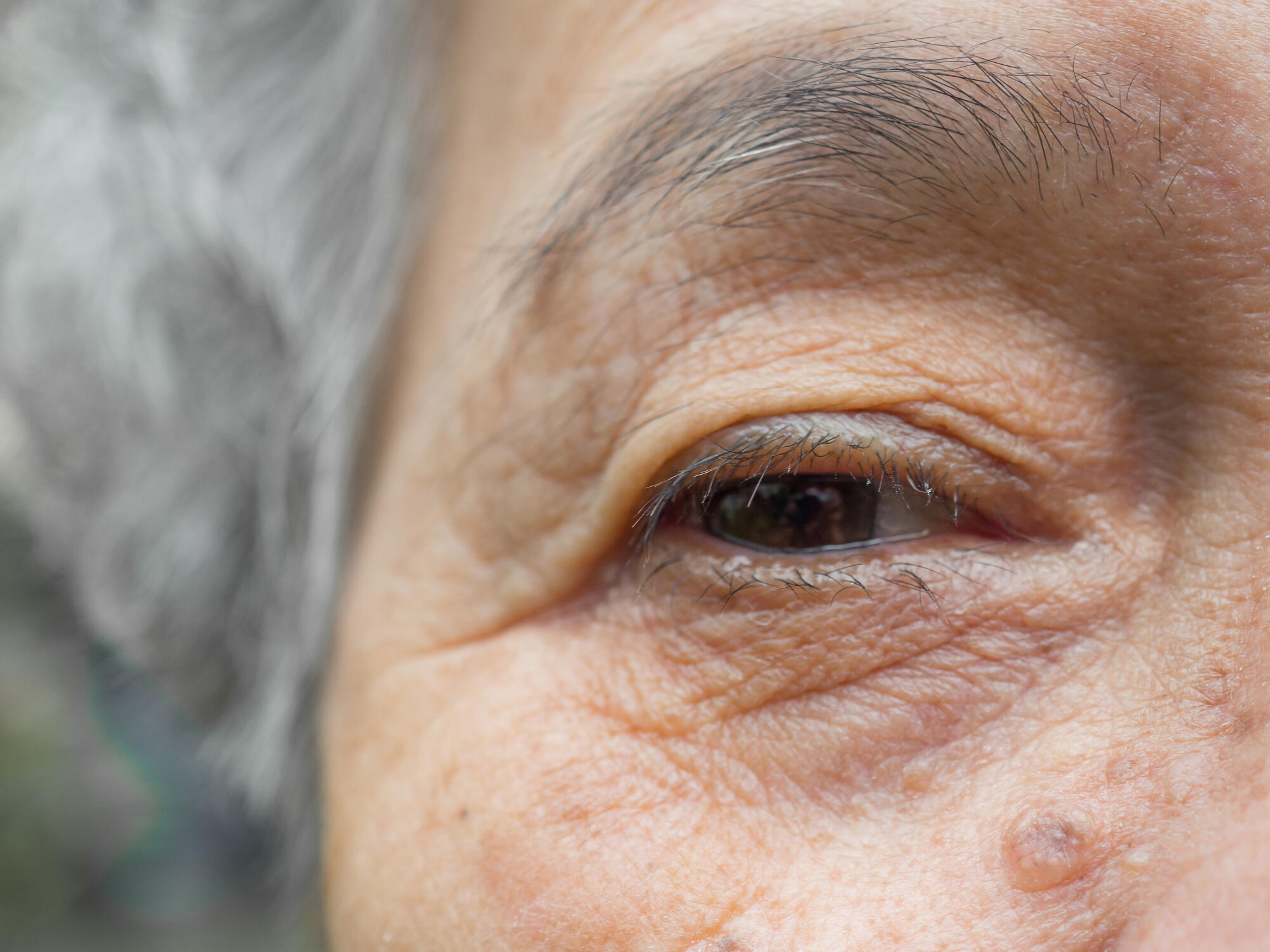Nearly 30% of older adults in the United States live with diabetes, according to the CDC, which puts them at higher risk for a range of health issues, including serious vision problems.
One of the most common concerns is the link between diabetes and cataracts, a condition that can cloud vision and impact daily life. At Spring Mill, our senior living community in Phoenixville, PA, located around 27 miles from central Philadelphia, we understand how important eye health is for maintaining independence and quality of life.
In this blog post, we’ll explain how diabetic eye complications develop, what symptoms to watch for, and how seniors can protect their vision with the right care and support.
What Is Diabetes?
Diabetes is a long-term illness that impacts the body’s ability to manage blood sugar, also known as glucose. In most older adults, Type 2 diabetes is the common form, which happens when the body doesn’t produce enough insulin or cannot effectively use the insulin it makes. Insulin is a hormone that helps move glucose from the blood into the body’s cells for energy.
When glucose builds up in the bloodstream instead of being used by the body, it can lead to serious health problems. Over time, diabetes can damage the blood vessels, nerves, kidneys, and eyes.
High blood sugar is a major cause of diabetic eye complications, including vision changes and an increased risk of cataracts.
What Are Cataracts?
Cataracts happen when the clear lens of the eye becomes cloudy, making it harder to see clearly. This clouding often develops slowly and can affect one or both eyes.
Cataracts are especially common with age but tend to form earlier and progress faster in people with diabetes. Symptoms may include:
- Blurry or foggy vision
- Trouble seeing at night
- Glare from lights
- Seeing faded colors
If left untreated, cataracts can interfere with reading, driving, and other everyday tasks.
How Diabetes Increases Cataract Risk
Having diabetes raises the risk of developing cataracts earlier in life. In fact, people with diabetes are more likely to experience cataracts at a younger age than those without the condition.
This happens because high blood sugar levels can cause changes in the eye’s lens, leading to swelling and clouding over time. The longer someone lives with uncontrolled diabetes, the higher the risk of damage to the eyes.
This is especially important when considering vision loss in older adults, as cataracts are already common with age. When diabetes is also a factor, the chances of faster cataract development and more severe symptoms increase.
Common cataract symptoms in seniors with diabetes include blurred vision, trouble seeing in bright light, and sensitivity to glare. Managing blood sugar levels and attending regular eye exams are key steps to reducing this risk and protecting long-term eye health.
Warning Signs to Watch For
Cataracts often develop slowly, but the symptoms can become noticeable over time. Seniors should be aware of changes such as blurry or cloudy vision, faded colors, increased sensitivity to light, or halos around lights, especially at night. These are common cataract symptoms in seniors, and they may also signal other diabetic eye complications.
If left untreated, cataracts can lead to significant vision loss, making everyday tasks like reading or driving difficult. At Spring Mill, our team pays close attention to these early warning signs. We observe residents’ daily routines and communicate with families if changes in vision or behavior are noticed.
Because vision loss in older adults can happen gradually, having staff members who know each resident well makes it easier to spot signs before they become serious.
Prevention and Eye Care Tips
Taking the right steps each day can help lower the risk of cataracts and protect overall eye health. One of the most important senior eye care tips is to manage blood sugar levels. Keeping diabetes under control reduces damage to the eye’s lens and lowers the risk of other eye problems.
Wearing sunglasses when outdoors is another simple way to protect your eyes. UV rays can speed up cataract development, so using proper eye protection matters.
A balanced diet also helps. Foods rich in antioxidants, like leafy greens and carrots, support healthy vision.
Staying active, not smoking, and keeping blood pressure in check are also helpful habits. Most importantly, seniors should schedule regular eye exams. Even if there are no symptoms, yearly checkups can catch early signs of cataracts or diabetic eye complications.
At Spring Mill, we encourage healthy habits and offer reminders and support for eye appointments as part of our ongoing care.
Treatment Options for Cataracts
Now, cataract treatment depends on how much the clouding affects vision and daily activities. In the beginning, vision can often be improved with the use of stronger eyeglasses, better lighting, or magnifying lenses. These measures can delay the need for surgery, but don’t stop cataracts from getting worse.
When cataracts begin to interfere with everyday life, surgery is the most effective treatment. In this surgery, the clouded lens is taken out and swapped for a clear, artificial one. Cataract surgery is common, safe, and has a high success rate, even for seniors with diabetes.
It’s important to manage diabetes well before and after surgery, as high blood sugar can slow healing and increase the risk of complications. At Spring Mill, we support residents throughout the process, from preparing for surgery to recovery, by monitoring blood sugar and helping with medications.
Early treatment can restore clear vision and improve the quality of life for seniors living with cataracts.
What to Know About Diabetes and Cataracts
Diabetes and cataracts are common challenges for many seniors, but with proper care, vision loss can often be prevented or treated. At Spring Mill Senior Living, we focus on managing diabetes in aging by providing personalized support, healthy meals, and regular health monitoring to protect our residents’ overall wellness.
Our dedicated team helps seniors stay active, schedule medical appointments, and maintain healthy habits that support eye health and quality of life.
If you want to learn more about how Spring Mill can help your loved one live safely and comfortably while managing diabetes and cataracts, we invite you to schedule a tour of our community in Phoenixville, PA.







